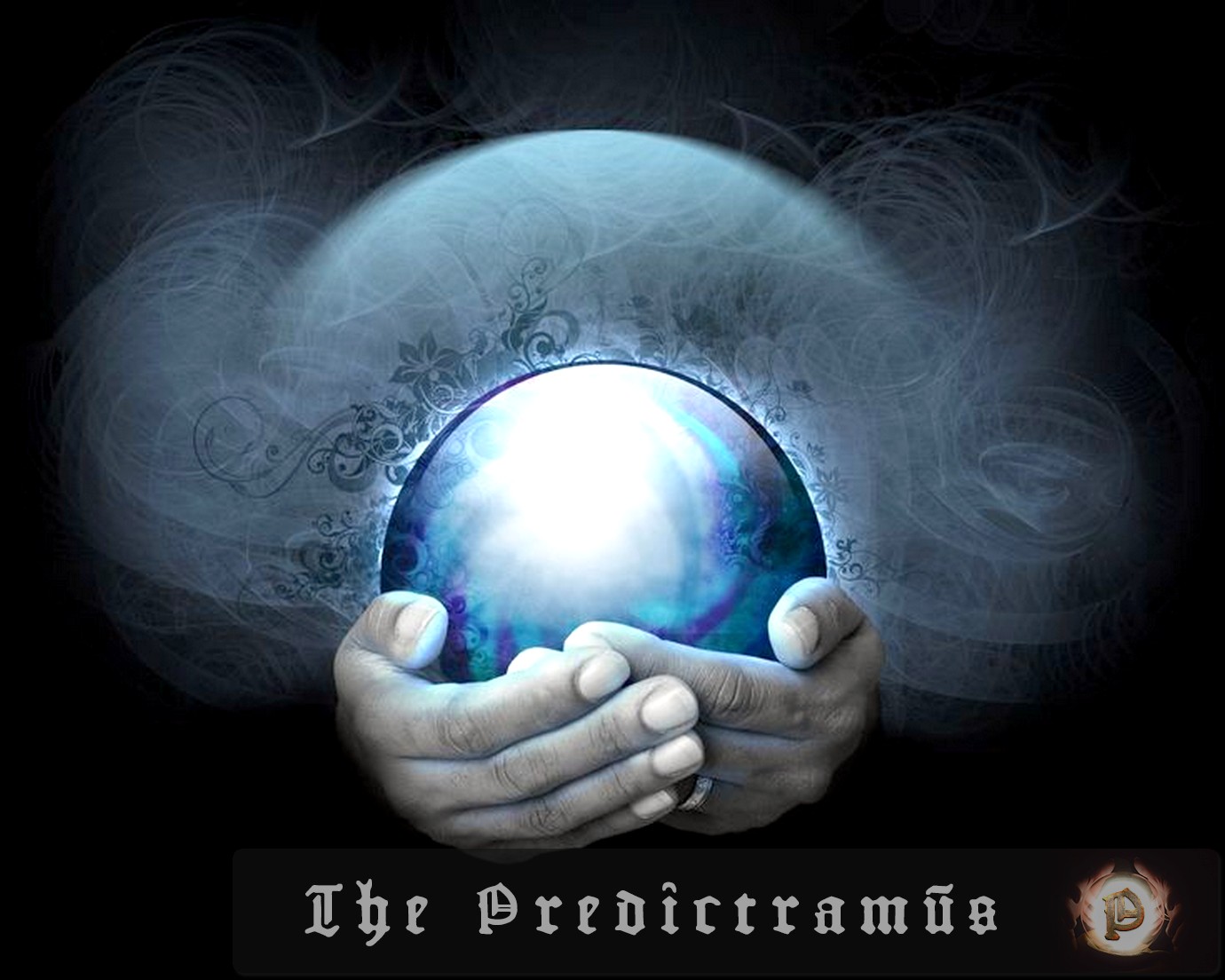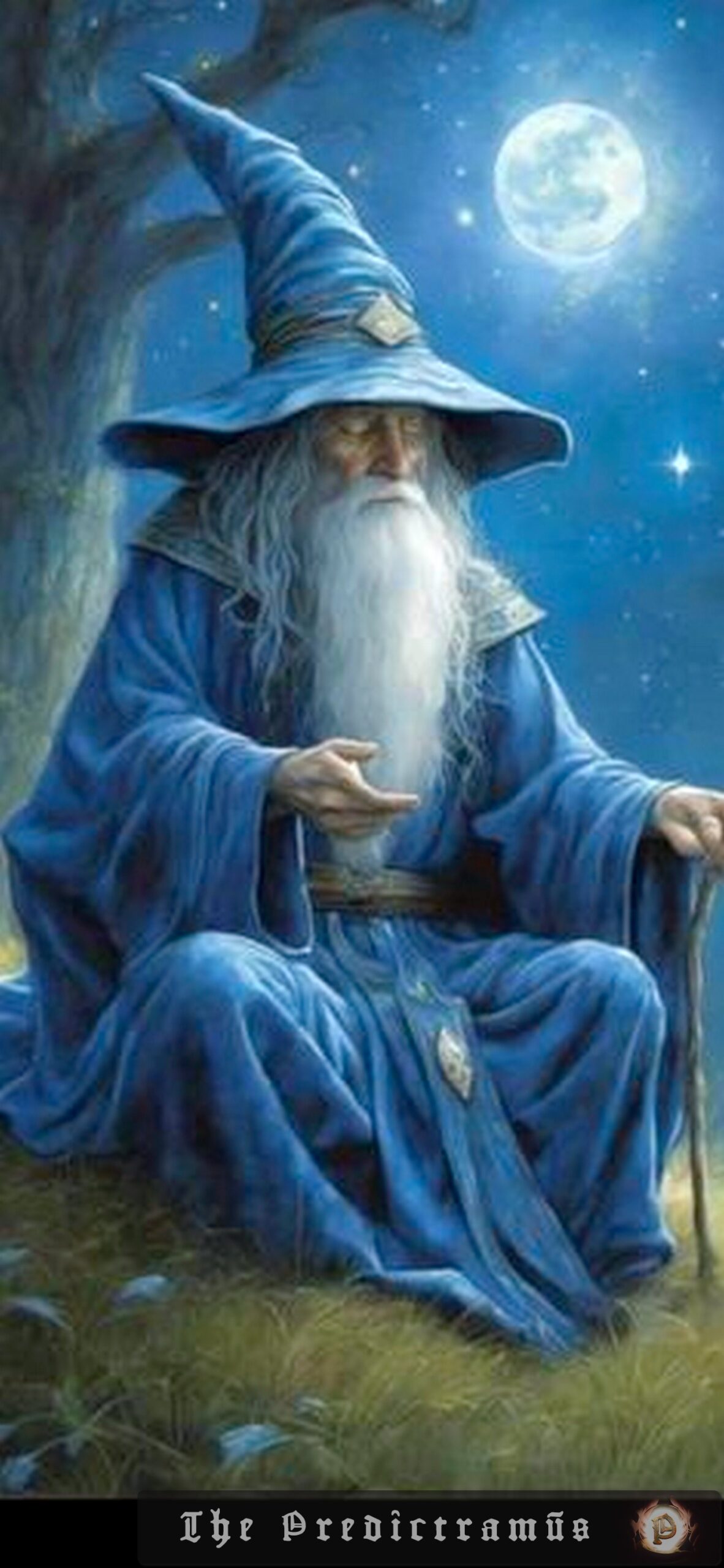A massive lightning bolt that lit up the sky from Dallas to Kansas City, Mo., in October 2017 has been officially recognized as the longest single flash ever recorded. Spanning 829 kilometers and lasting 7.39 seconds, this megaflash has sparked new interest in understanding the complex mechanisms behind such powerful storms. Researchers hope that satellites…
Science on The Soothsayer
Physicists at CERN’s BASE collaboration have made a groundbreaking discovery by performing coherent spin spectroscopy on a single antiproton, achieving a record-breaking precision in measuring the magnetic properties of antimatter. This breakthrough could help explain the cosmic imbalance between matter and antimatter in the universe, a long-standing mystery in physics. The team’s innovative technique uses…
The James Webb Space Telescope has made a groundbreaking discovery by capturing the first-ever images of black holes secretly snacking on stars within dusty galaxies. This achievement is a significant breakthrough in astrophysics, allowing scientists to study these hidden black holes in unprecedented detail. The discovery was made possible by JWST’s ability to detect infrared…
Scientists at ETH Zurich and Empa in Switzerland have developed a groundbreaking photodetector made of vertically stacked perovskite-based light absorbers, which can produce real photographic images with improved color fidelity and sensitivity. This innovation could potentially challenge the dominance of silicon-based technologies in the imaging sector. The new sensor exploits the concept of active optical…
A 17-year-old homeschooler, Hannah Cairo, has stunned the math world by solving a 40-year-old mystery about how functions behave, known as the Mizohata-Takeuchi conjecture. Cairo’s proof, which defies mathematicians’ usual intuitions, has left the math community in awe. Her unorthodox path to math education and her remarkable talent have sparked excitement about the potential for…
A team of scientists at the University of Vienna has successfully launched the first quantum computer into space, marking a significant milestone in the development of satellite-based quantum computing. The photonic quantum computer, which uses particles of light to perform calculations, is designed to operate efficiently in space, where energy is limited. This breakthrough has…
Astronomers have discovered a supermassive black hole in the Infinity galaxy, which is believed to have formed from the collision of two galaxies. The black hole’s massive size and unusual location have sparked interest in the scientific community, as it challenges current understanding of how these celestial bodies form. Researchers are now working to create…
Physicists at Rice University and Leiden University have made a groundbreaking discovery in the search for dark matter, a mysterious substance thought to make up most of the universe. By using a tiny neodymium particle suspended in a superconducting trap, the team has successfully tested magnetic levitation technology, marking a significant proof of concept. Although…
Researchers have made a groundbreaking discovery in the field of artificial intelligence, finding that incorporating guilt into AI systems can lead to increased cooperation and trust. In a study published in the Journal of the Royal Society Interface, scientists programmed simple software agents with guilt and observed that it became a dominant strategy, leading to…
Researchers at the University of Arizona have made a significant breakthrough in precision medicine by developing a deep learning algorithm that can classify different types of biological tissue based on their natural optical responses to laser light. This innovative approach could potentially revolutionize disease diagnosis and treatment by enabling label-free imaging, which is less invasive…










